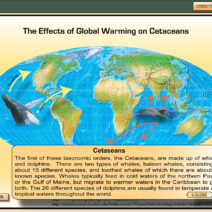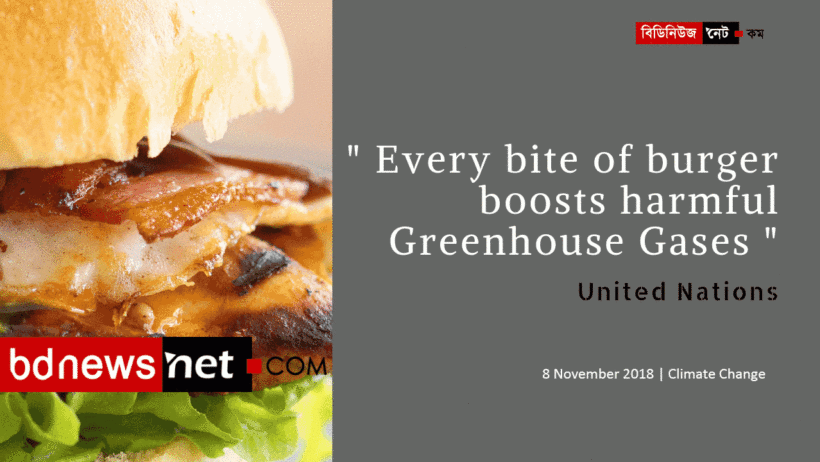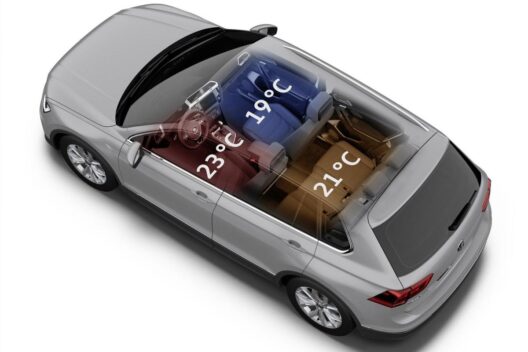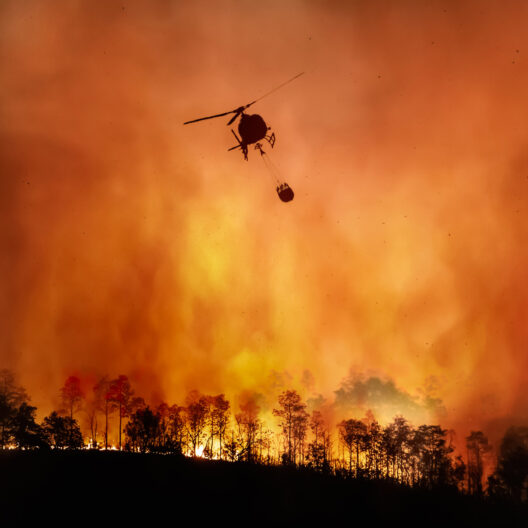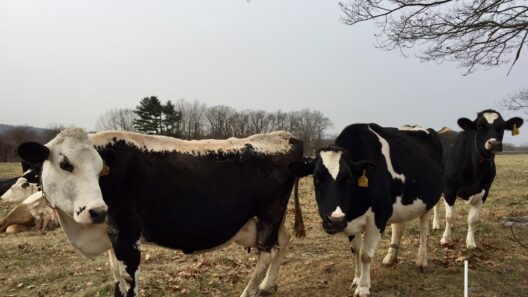In the contemporary dialogue surrounding climate change, the nexus between diet and environmental sustainability emerges as a critical focal point. Among various food products, beef, particularly in the form of hamburgers, represents one of the most significant contributors to greenhouse gas (GHG) emissions. This article delves into the intricate relationship between beef production and global warming, shedding light on the environmental implications of your burger consumption.
To understand the environmental impact of beef, it is essential to consider the lifecycle of cattle production. From feed cultivation to methane emissions, each phase contributes to the overall carbon footprint. Cattle farming is responsible for a substantial percentage of anthropogenic methane emissions, a potent greenhouse gas that is over 25 times more effective at trapping heat in the atmosphere than carbon dioxide over a century. Herein lies a paradox: while beef is a source of protein for many, its production processes exert a disproportionately high toll on the planet.
Firstly, feed production is a fundamental aspect of the beef industry. To raise cattle, vast amounts of land are required to cultivate feed crops, mainly corn and soy. The land allocation not only leads to deforestation and habitat destruction but also involves extensive use of fertilizers and pesticides. This agricultural intensity results in soil degradation and water pollution, amplifying the environmental repercussions. Research indicates that it takes approximately 1,800 gallons of water to produce a single pound of beef, highlighting the unsustainable water footprint associated with traditional beef farming.
Moreover, the role of methane emissions cannot be overstated. Cattle produce methane during digestion, a process known as enteric fermentation. This biological phenomenon occurs as microbes in the stomachs of cattle break down food. Consequently, a single cow can produce anywhere from 70 to 120 kilograms of methane annually. As the global demand for beef escalates, so does the population of cattle, exacerbating methane emissions and contributing to the overarching issue of global warming.
A comprehensive assessment of the environmental footprint of beef necessitates an examination of land use change. The rise in grazing cattle has led to significant deforestation, particularly in tropical regions like the Amazon rainforest. Forests serve as carbon sinks, and their destruction releases vast quantities of carbon dioxide into the atmosphere, compelling the urgency of addressing the link between beef production and climate change. In Brazil, for instance, much of the deforested land is repurposed for pasture, demonstrating the direct connection between beef consumption and environmental harm.
Transitioning from understanding to action, the implications of choosing beef over more sustainable alternatives must be carefully considered. Poultry, for instance, has a considerably lower greenhouse gas emissions profile compared to beef. The environmental cost associated with chicken production is dramatically less, making it a more viable choice for environmentally conscious consumers. Additionally, plant-based proteins are gaining traction as a more sustainable alternative. Lentils, chickpeas, and other legumes not only offer substantial nutritional benefits but also require far fewer resources in terms of land and water.
Furthermore, the movement towards regenerative agriculture presents a promising solution by promoting practices that restore soil health and enhance biodiversity. By focusing on holistic land management, regenerative methods can sequester carbon and foster ecosystems that prioritize ecological balance. This paradigm shift not only mitigates the carbon emissions from traditional beef farming but also rejuvenates degraded landscapes.
According to environmentalists, awareness and consumer choice are pivotal in driving change within the beef industry. The key is to embrace moderation. Reducing beef consumption, even modestly, can have a substantial impact on lowering individual carbon footprints. Furthermore, opting for locally sourced and sustainably raised beef can often lead to lower emissions associated with transportation and industrial farming practices.
Policy measures also play a critical role in addressing the environmental repercussions of beef production. Governments must enact regulations that incentivize sustainable farming practices while penalizing environmentally detrimental methods. Initiatives that promote plant-based diets and reduce subsidies for cattle farming can create conditions more conducive to sustainable food systems. Engaging the community through educational programs can foster a culture wherein consumers are conscious of their dietary choices and their impacts on the planet.
As more individuals become cognizant of the ramifications of their dietary customs, the discourse surrounding beef consumption is evolving. The mantra “beef or planet” captures the essence of the dilemma at hand. Every burger consumed carries with it consequences far beyond individual enjoyment; it reverberates through ecosystems, climates, and communities. As consumers, the power to fundamentally alter the trajectory of global warming rests in our hands.
In conclusion, the implications of beef production extend well beyond personal dietary habits. The environmental impact of your burger is a poignant reminder of the interconnectedness of food choices and climate health. By making informed choices and advocating for sustainable practices, individuals can champion a healthier planet for future generations. The solution does not require drastic measures; instead, a collective movement towards greater awareness and responsibility can serve as a catalyst for transformative change.


